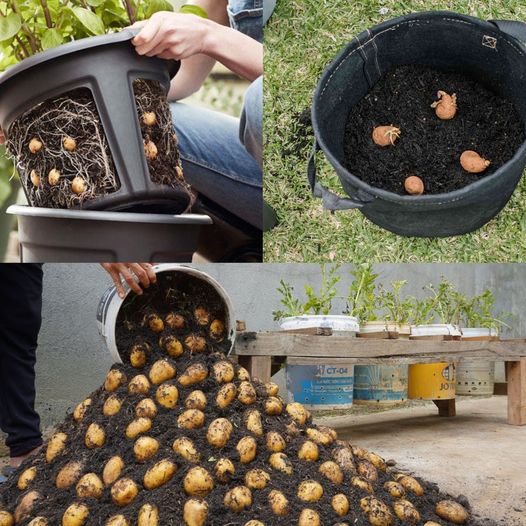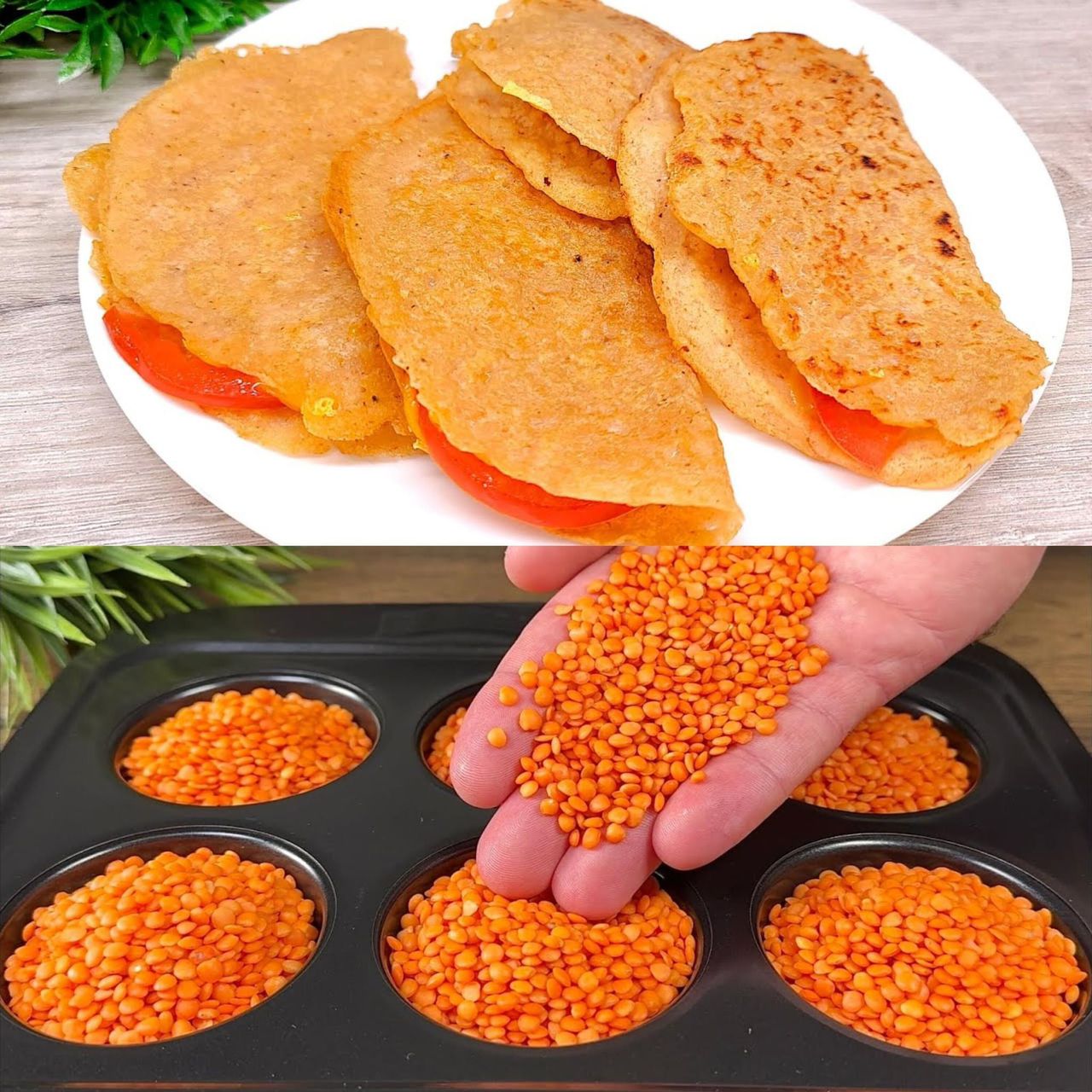Do you love fresh, homegrown potatoes but think you can only enjoy them seasonally? Think again! With this simple method of growing potatoes in plastic containers, you can harvest fresh potatoes all year round, right from your garden, patio, or even balcony.
Why Grow Potatoes in Plastic Containers?
Growing potatoes in containers has several benefits:
- Space-saving: Perfect for small gardens, patios, or balconies.
- Year-round growth: You can control the environment, making it possible to grow potatoes even when outdoor conditions are less favorable.
- Less risk of disease: Growing in containers reduces the risk of soil-borne pests and diseases.
- Easy to manage: Harvesting potatoes from a container is much simpler and less messy than digging them out of the ground.
Let’s dive into the method for growing your own potatoes in plastic containers!
What You’ll Need:
- Plastic containers (15–30 gallons or larger): You can use large plastic buckets, storage bins, or special potato grow bags.
- Seed potatoes: Purchase certified seed potatoes from a garden store for the best results.
- Good-quality potting soil: A mix of potting soil and compost is ideal for potato growth.
- Fertilizer: Choose an organic, balanced fertilizer with potassium to promote root growth.
- Water: Regular and even moisture is essential for growing healthy potatoes.
Step-by-Step Instructions:
1. Prepare the Containers
Select large plastic containers with drainage holes at the bottom. If your container doesn’t have holes, make several to allow excess water to escape. Good drainage is key to preventing waterlogged soil, which can lead to rot.
2. Layer the Soil
Fill the bottom 4–6 inches of the container with your potting soil mix. Potatoes need loose, well-drained soil to grow, so avoid heavy soils or compacted ground.
3. Plant the Seed Potatoes
Cut your seed potatoes into small pieces, ensuring that each piece has at least one or two “eyes” (the part where sprouts will form). Let them dry out for 24 hours to prevent rotting.
Plant the potato pieces 6 inches apart, and cover them with about 3–4 inches of soil. If you have a larger container, you can plant several pieces in one pot.
4. Water Consistently
Keep the soil moist but not waterlogged. Potatoes need consistent moisture, especially when they begin to form tubers. Avoid letting the soil dry out completely.
5. Hill the Potatoes
As the potato plants grow, you will need to add more soil around the stems. This process, called “hilling,” ensures that the developing potatoes are not exposed to sunlight, which can make them turn green and toxic.
Once the plants are 6–8 inches tall, add more soil to cover the lower part of the plant, leaving about 4 inches of the plant exposed. Continue hilling as the plants grow until the container is nearly full.
6. Fertilize Regularly
Potatoes are heavy feeders, so they will need regular fertilizing. Apply a balanced organic fertilizer once a month during the growing season. Fertilizers rich in potassium are particularly beneficial for tuber development.
7. Monitor for Pests and Diseases
While growing potatoes in containers minimizes the risk of pests, you should still keep an eye out for common potato pests like aphids or potato beetles. Treat any infestations with organic pesticides or insecticidal soap.
8. Harvest Time!
After about 10–12 weeks, your potato plants will start to flower. This is a sign that small new potatoes are forming beneath the soil. For a small harvest, you can reach into the container and gently pull out a few new potatoes.
When the leaves of the potato plant start to turn yellow and die back, it’s time to harvest the mature potatoes. Tip the container over or dig gently to uncover your crop of delicious homegrown potatoes.
Growing Potatoes Year-Round:
- Summer Growing: Place the container in a sunny location where it receives at least 6–8 hours of sunlight daily.
- Winter Growing: If you want to grow potatoes in winter, move the container to a greenhouse or a sunny spot indoors. Potatoes need a temperature of around 60–70°F to grow well, so providing them with some warmth during colder months is crucial.
Final Tips:
- Rotate your containers: If you’re growing multiple containers, rotate them to ensure even sunlight exposure.
- Mulch to retain moisture: If growing in hot weather, you can use mulch to retain moisture and keep the soil cooler.
- Experiment with varieties: Try different potato varieties for continuous harvests throughout the year.
Conclusion:
With a little care and attention, you can enjoy fresh potatoes straight from your garden all year long. This container-growing method allows you to manage your plants more easily, control environmental factors, and have a consistent supply of delicious potatoes no matter the season. Give it a try, and you’ll soon be enjoying homegrown spuds whenever you like!
Happy gardening!



